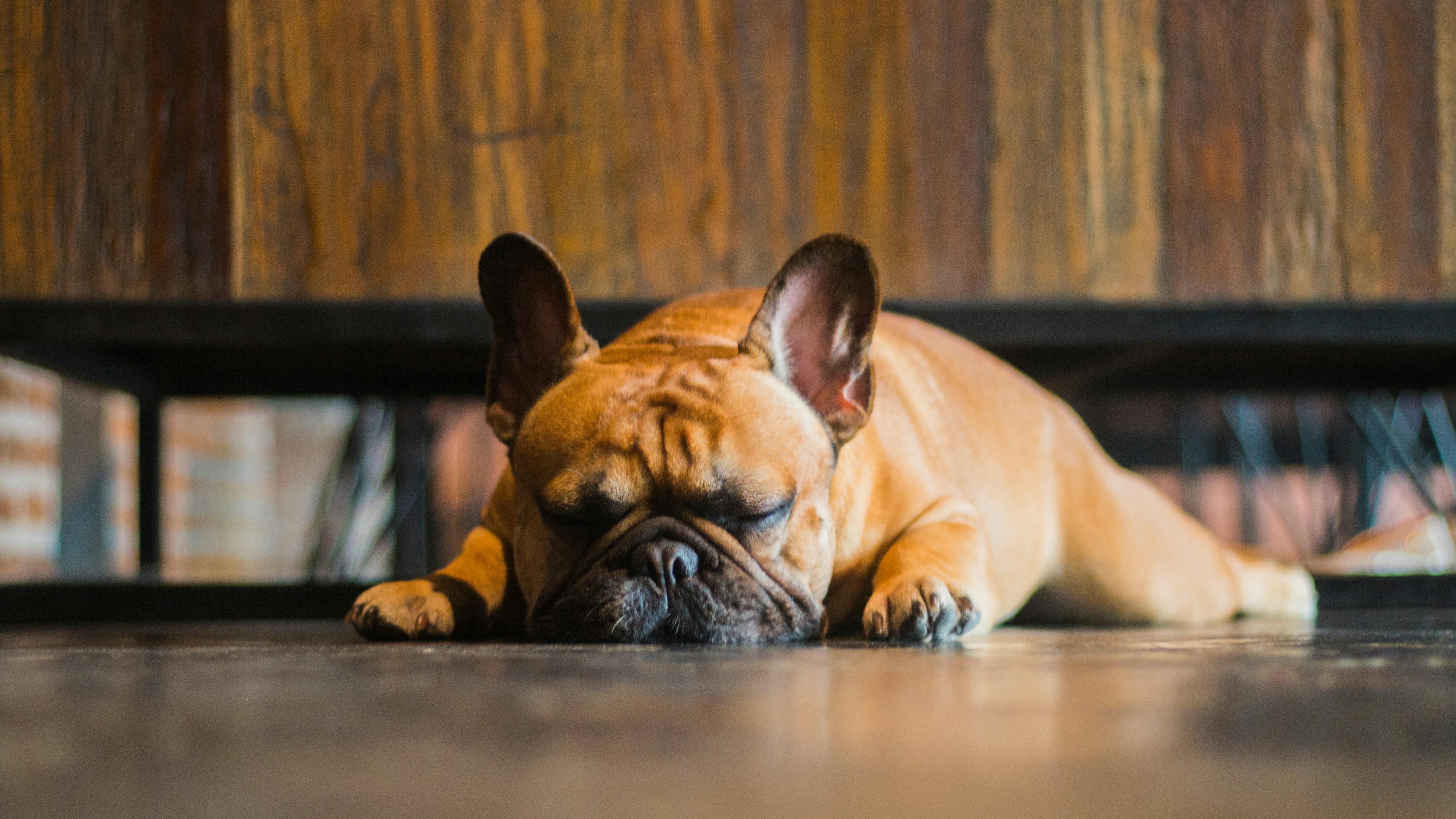Are you noticing an unpleasant odor emanating from your favorite canine kid? Are they itching with what looks to be scaly, flaky skin?
These symptoms are two of the signs of the presence of Malassezia dermatitis, also known as yeast dermatitis. It is a skin condition often seen in dogs and is typically secondary to an underlying problem.
Let’s take a look at Malassezia to pinpoint the causes and symptoms. As well, we will look at how the uncomfortable skin condition is diagnosed, and most importantly, how to get rid of it.
What is Malassezia?
Malassezia is a skin condition characterized by smelly, red, and itchy skin. Not to worry, this is a commonly seen inflammation of the skin and can be treated.
The fungus Malassezia pachydermatis is a normal part of the skin make up. However, when conditions are right, this yeast goes into overload and grows in abundance. The result? An uncomfortable skin disease that causes your pooch to be very itchy – even to the point of infection.
What are the causes of Malassezia?
Malassezia is a yeast that is found on the surface of the skin of healthy dogs. It is typically not an issue and actually forms a “beneficial relationship” with bacteria also found on the skin.
The ear canals, mucosal surfaces (like the mouth and anus for example), and the skin are the areas where this yeast is found. When yeast proliferates, problems can begin. Why the overgrowth? There are a few reasons for it:
The skin folds in dogs like the
Chinese Shar-Pei, Bulldog and the Pug are ideal places for Malassezia dermatitis to appear because of the moisture that can rest between the folds.
Humidity in the air is often a factor, making this skin condition ramp in the summer months and hot climates.
Underlying skin conditions, such as itchy skin due to food allergies and intolerances, can lead to excessive yeast production. Until the allergies are controlled, the Malassezia will reoccur.
Other skin problems, such as flea allergy dermatitis,
canine atopic dermatitis, and pyoderma may contribute to yeast overgrowth.
A compromised immune system may not be able to protect the body from yeast build-up. This can include dogs that are on long-term medications like steroids, which can be immunosuppressive.
When antibiotic therapy is necessary, it can sometimes make skin conditions ripe for Malassezia.
An oily skin condition like seborrhea oleosa may open the door to Malassezia.
Endocrine diseases like
hypothyroidism may contribute to the presence of Malassezia.
Breed predisposition can play a part. These breeds may have the genetics making them prone to Malassezia:
What are the symptoms of Malassezia?
Itchy and scaly skin are signs that your dog may have Malassezia. The skin is often inflamed and red. The skin may be greasy and have an unpleasant smell. If the condition has been present for a while, your pooch’s skin may look darker due to excessive pigmentation. The skin may thicken and harden. Too. Even the claws can be affected; this will show as a reddish-brown discoloration.
The signs of Malassezia are pretty evident on areas like the skin folds of the face and neck, on the lips, in the ear canals, between the toes, and in the armpit, groin, and hind end areas.
How is Malassezia diagnosed?
Often, clinical signs like the greasy, scaly, yellowish skin and the severe itching that your dog is experiencing are enough to determine that a course of treatment is needed. If the vet wants to pursue testing, the methods typically used are the skin scraping, impression smear, acetate tape collection, and sampling via cotton swab. These techniques are relatively quick and simple. More invasive is the skin biopsy. All methods then involve analysis under the microscope.
How is Malassezia treated?
If you are a pet parent of a dog with this troublesome skin condition, this is no doubt the question you want to be answered.
The goal will be to lower the yeast numbers down to normal. Of course, your dog’s overall health will be taken into account. Underlying issues, if any, must be addressed so the Malassezia does not continue to return. Treatment may vary, depending on how severe the case is.
Topical Treatment: The veterinarian may prescribe medicated shampoo. First, a shampoo to treat the greasy skin is applied and then subsequent bathing with an antifungal shampoo takes place. The treatment is typically done every 3 to 5 days for anywhere between 2 weeks and 3 months. Sometimes antifungal wipes are suggested. If the Malassezia is present on a couple of small areas only, a
topical ointment may do the trick.
Oral Medication: When the Malassezia is chronic or severe, medication may be needed. A prescription for antifungal medication (often fluconazole, itraconazole, and ketoconazole), along with antibiotics may be required.
Remember, to have the best success with any treatment, following the veterinarian’s instructions is essential. Have additional questions?
Ask a vet by looking to Wag! Health for advice. What is the prognosis for Malassezia?
The prognosis for your dog as you treat Malassezia is good. It does take careful application of the prescribed topical treatment and oral medication, and if you need assistance, your vet is there to help. Underlying health conditions must be attended to, and efforts to watch out for recurrence are a must.
Dry your canine companion gently and thoroughly after bathing, make sure that folds in the skin are free of dampness and moisture. Provide your pooch with a healthy diet, exercise and love, and before you know it, they’ll be back in tip-top shape!


